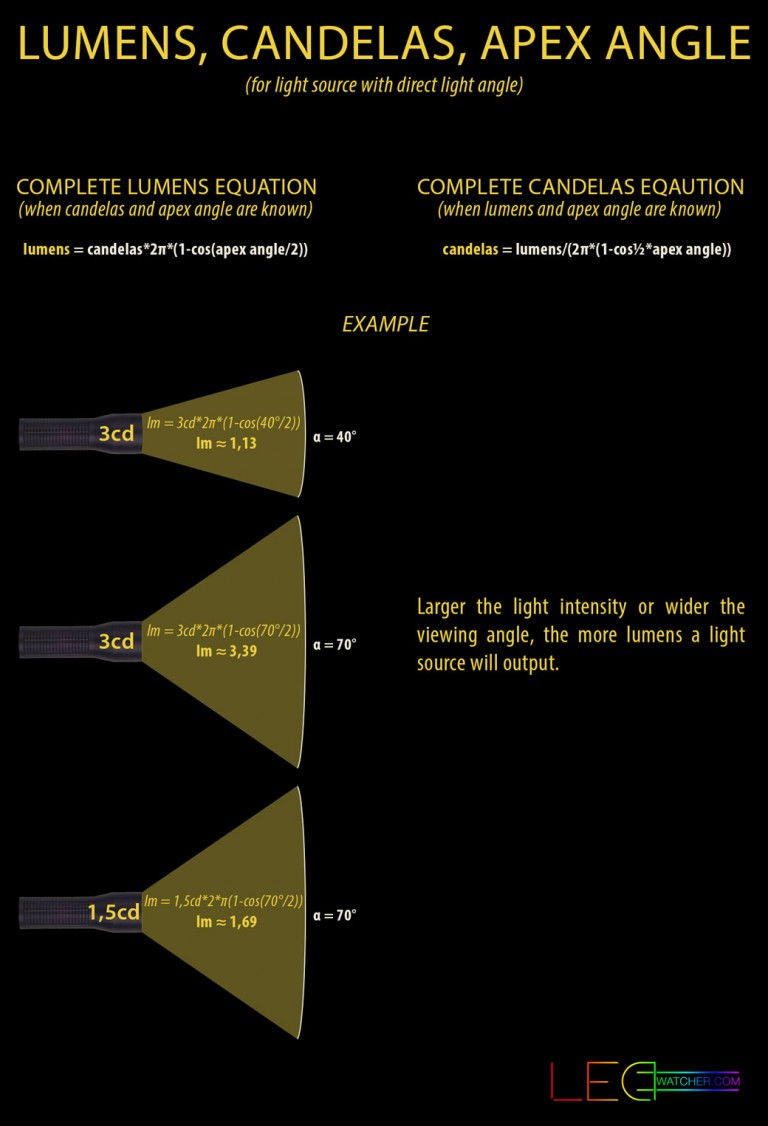New Changes to Visual and Audible Alarm Notification Requirements
- Customer Service
- Sep 6, 2018
- 5 min read
It's Time to Get Up to Date on These Recent Changes to Alarm Notification Requirements!
There have been several changes over the past few years regarding fire alarm notifications. Fire-safety expert Shane Clary contributed his expertise on the topic to Security Sales & Integration and we are covering the must-know highlights here. While the information shared is pretty technical and not what the average end-consumer of alarm technology would know, we have broken it down into layman's terms as much as possible.

Different areas, or jurisdictions, use different editions of the NFPA 72, which is the "National Alarm and Signaling Code", and the two fire codes of NFPA 1 and the International Fire Code. Depending on location and edition of codes used, the changes may or may not have gone unnoticed by providers and installers. Clary notes, however, that despite certain requirement changes "the basic concept of providing notification within a protected premises has not changed over the course of several editions of NFPA 72."
To the layperson, the main concern and focus here is on fire alarms and other emergency notification systems, or "appliances" as they are sometimes referred to in the industry. Let's summarize.
WHAT HASN'T CHANGED
The system still must produce a sound pressure level over the existing ambient level by a prescribed amount. This can either be in the public or private mode.
With public, it is for all who may be within the occupancy, while for private it is to those who are responsible for alerting the occupants of an alarm.
AUDIBLE DEVICES: NEW INFORMATION AND RESEARCH GAINED
Through research that was conducted in Australia and New Zealand, it was found that various members of the population, such as the very young or elderly or those who may be a bit overcome by drugs or alcohol, may not respond to the standard 3,000Hz tone that is produced but rather a tone of 520Hz more commonly initiated response. This is important to note for places like (1) daycare providers and elementary schools, (2) nursing homes and assisted living centers, (3) hospitals, (4) retirement communities, (4) bars and clubs, (5) restaurants, (6) multi-family real estate assets, and any other location that would have the very young, the elderly, or the inebriated as regular customers or guests.
Here's a quick comparison:
3000Hz (warning - adjust your volume!) - the old standard
520Hz - the new standard
Based on this very basic test (note: these snips were for informational purposes only and do not constitute a laboratory test) of the two frequencies, one could begin to understand how at such a high pitch the 3,000hz may be out of range for certain groups of people.
CHANGES TO AUDIBLE NOTIFICATION DEVICES
Going forward, audible appliances (those that make noise, such as fire alarms) provided for the sleeping areas to awaken occupants shall produce a low frequency alarm signal that complies with the following:
The alarm signal shall be a square wave or provide equivalent awakening ability. (Note that the examples above are sine, not square, waves. See the example below to see if you can tell the difference between a sine wave and a square wave!)
The waveform shall have a fundamental frequency of 520Hz ± 10 percent.
The notification equipment shall be listed for producing the low frequency waveform.
This provision applies not only to a single-family residence, but to hotels, motels, apartments, condominiums and other multi-residential occupancies.
Can you tell the difference between a square wave and a sine wave? To some, the square wave is a harsher tone while the sine wave is a softer tone, at certain frequencies, and to others there seems to be no detectable conscious difference at all. Try for yourself by pressing play:
As the consumer, what does this mean for you? That when you update your alarm system, your hired professional needs to have equipment choices available that satisfy these requirements.
A number of jurisdictions are requiring that these be installed retroactively, as in by a certain date. For instance, the San Francisco Fire Department has through an ordinance made this a requirement in all apartments and condos by July 2021. While this is for fire alarm systems, the requirement that UL 217 smoke alarms produce the 520Hz tone is still a few years off.
Why the longer period given for smoke alarms? It comes down to sound engineering. To produce the lower frequency sound, a higher current is required. This can be accomplished on a system that uses notification appliance circuits from a 24VDC output with a larger standby reserve, but has been difficult when the only standby power source is the backup battery within a smoke alarm. There are some products that are more advanced than others in making these changes. To find out more about this, please contact GenX Security.
VISUAL DEVICES: NEW INFORMATION AND RESEARCH GAINED
New research using lights with longer pulse durations shows that the existing tables for indirect signaling are inadequate to assure reliable notification. Until additional work is done and incorporated into this Code, lights used for indirect signaling and having effective intensities need to be short duration, high intensity to be effective for the specified area of coverage. This limitation does not apply to direct signaling such as that used in corridors and hallways. The big issue with original LED strobes was light pulse duration. This has been resolved with many products. The professional installer you choose should verify duration before using LED strobes.
CHANGES TO VISUAL NOTIFICATION DEVICES
The current requirements for strobes are still being worked on by a number of manufacturers. Since the last code cycle of NFPA 72, the use of LED lights has been allowed. Several manufacturers now produce LED strobes as opposed to the xenon tube types. With the xenon tube and LED, the end rush current is being reduced, and shows the promise of being reduced even further. This will yield battery-powered ADA (Americans with Disabilities Act) compliant strobes as well as those that can be powered from a signaling line circuit (SLC).
The powering of beacons in Europe is already occurring through the SLC, but the candela rating of these appliances is not as great as those of appliances that are required to meet the ADA standards within the United States.
Regarding the use of LEDs for visible notification:
The maximum light pulse duration shall be 20 milliseconds with a maximum duty cycle of 40 percent.
Exception: Lights used to meet the requirements shall be permitted to be listed and labeled to have pulse durations up to 100 milliseconds.

Image Source: https://www.ledwatcher.com/light-measurements-explained/
While we did not include everything from the original article, you can access and read the full original article by Shane Clary written for Security Sales & Integration, you can find it by clicking here.
Bottom line: simply having a fire alarm, smoke alarm, or other visual or audible emergency alert notification is not enough. Standards do change, and GenX Security is on top of them. If you or your business is located in South Carolina, North Carolina, or Georgia and you need to add or update your emergency alert system, give us a call for a free quote. We specialize in the next generation of security technology.
Experience the next generation of interactive security services and solutions with GenX Security.

With custom security integration solutions come custom quotes designed for your needs. Please contact us by clicking here or calling 866-598-4369.








![2020 Roaring Twenties Winner Badge[44136].jpg](https://static.wixstatic.com/media/c44162_312513fcb3514e3ca71a2a18b458369a~mv2.jpg/v1/fill/w_129,h_52,al_c,q_80,usm_0.66_1.00_0.01,enc_avif,quality_auto/2020%20Roaring%20Twenties%20Winner%20Badge%5B44136%5D.jpg)





























Comments